Board analysis and power supply
The card has the same multi-layer PCB without the more complex backdrill process as already the GeForce RTX 3060 Gaming X. The type of power supply is well-known and was only shortened a bit more for the RTX 3050 (which can be seen well in the empty spots). Here, there are still a total of five individual phases (one more than with Palit, a maximum of 8 would be possible), which are provided by a uP9512R from UPI on the back. This is a pretty decent digital PWM controller with VID interface, compatible with NVIDIA’s Open VReg specification.
These five phases are each implemented with the low-cost DRMOS AOZ5332QI from Alpha & Omega Semiconductor (50 amps max.), which do not enable MOSFET DCR, but at least still offer temperature protection circuitry. The five phases used here proceed much more efficiently than the four phases on Palit’s Dual OC, so there are also significantly fewer losses. The saved power dissipation is in turn available for the GPU, since the TDP corset of the cards is the same and is measured at the ports. Any loss on the card is therefore at the expense of the GPU. Therefore, MSI’s Gaming X also manages to achieve a higher boost clock (up to 110 MHz more!) with the same or even lower power consumption in places.
MSI also doesn’t use a multiphase converter for the more frugal GDDR6 memory from Micron in the form of four 2GB modules (D9ZBM), but a simple step-down converter with discrete placement, whereby a rather cheap solution with one PK698SA (90 amps) and PK6116BA (50 amps) N-channel MOSFET each from Niko Semiconductur is used instead of a PowerStage behind the uP1666Q (front). The second possible phase has simply been saved on the card (empty space on the right above the one phase under the 8-pin socket).
This simple assembly is also used for further partial voltages on the board, which by the way is completely sufficient. On the front, there is still a simple single UEFI EEPROM to discover, while the backside doesn’t show any interesting assembly variations except for the PWM controller and some small MOSFETs.
For input smoothing one coil with 1 µH (front side) is used behind which a shunt (rear side) is placed for the 8-pin connector as well as for the PEG motherboard slot together with a 20A fuse. The voltage drop of the shunt is used to measure the flowing currents. A simple ON Semi chip is used for this. LTE’s small MCU handles the RGB lighting and fan control. That’s about as exciting as it gets. The following pictures show the mentioned components once again in detail:
Cooler and disassembly
The front is characterized by two 9.5 cm fans with 5 dual rotor blades each, which act very quietly and correspond to those on the other Gaming X models. There are no more special features to observe from above for the time being. The cooler cover sits on top of the cooler and it is virtually only supported via the GPU’s screw connection.
Disassembly is simple. After unscrewing half of the backplate screws and the stabilization frame on the slot bezel, the cooler can also be removed completely quite easily. You just have to disconnect the fan cables and the RGB lifeline. The extremely thick, very soft pads on the memory modules and the VRM ensure that even possible manufacturing tolerances of the package of up to 0.5 mm in height can be easily compensated.
We see a total of three nickel-plated 6 mm heatpipes made of copper composite material, which were soldered to the back of the heatsink above the GPU and two of which cool the block above the GPU and VRM once again. The memory is cooled by the heatsink via the thick pads, the voltage converter heatsink sits separately. The coils are also cooled here. The two MOSFETs of the one voltage converter phase are unfortunately uncooled and one could have at least thermally connected them to the backplate. For this, I will have the infrared measurement images in the disassembled state without the backplate later. The pads are from a different manufacture this time, so I didn’t notice any traces of oil either.
On the back, you’ll find another backplate made of light metal, which this time fulfills a helping function in terms of cooling technology and thus not only serves the optics and stabilization of the cooler assembly together with the PCB.
- 1 - Intro, Data, Unboxing and Test System
- 2 - Teardown: PCB Analysis and Cooler
- 3 - Gaming Performance Full-HD and WQHD
- 4 - Power Consumption and PCI SIG Standards
- 5 - Transients and PSU Reccommendation
- 6 - Temperatures and Thermal Images
- 7 - Fans, Noise and Requency Analysis
- 8 - Summary and Conclusion















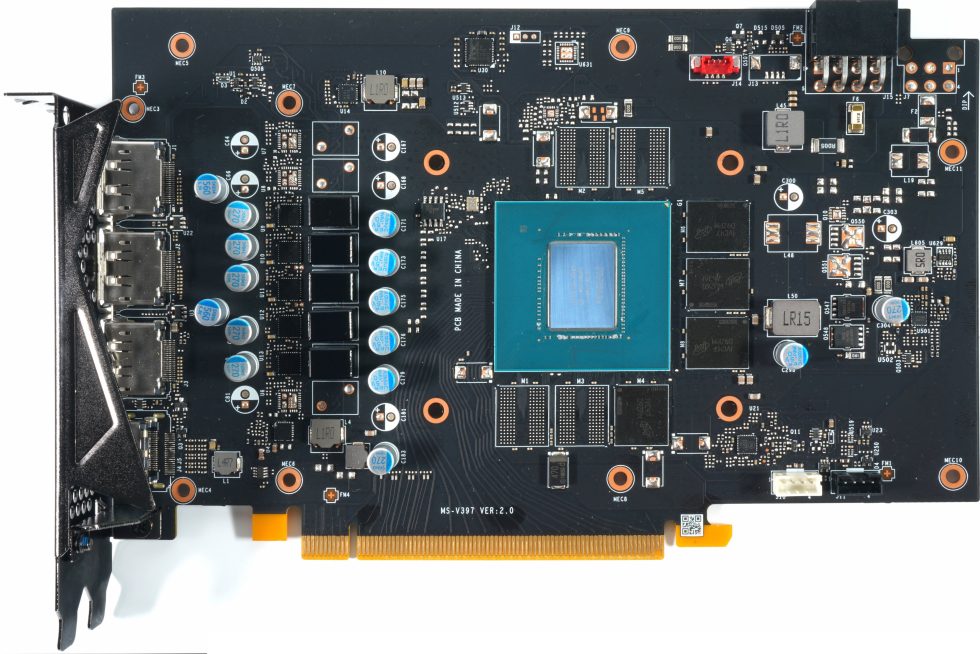
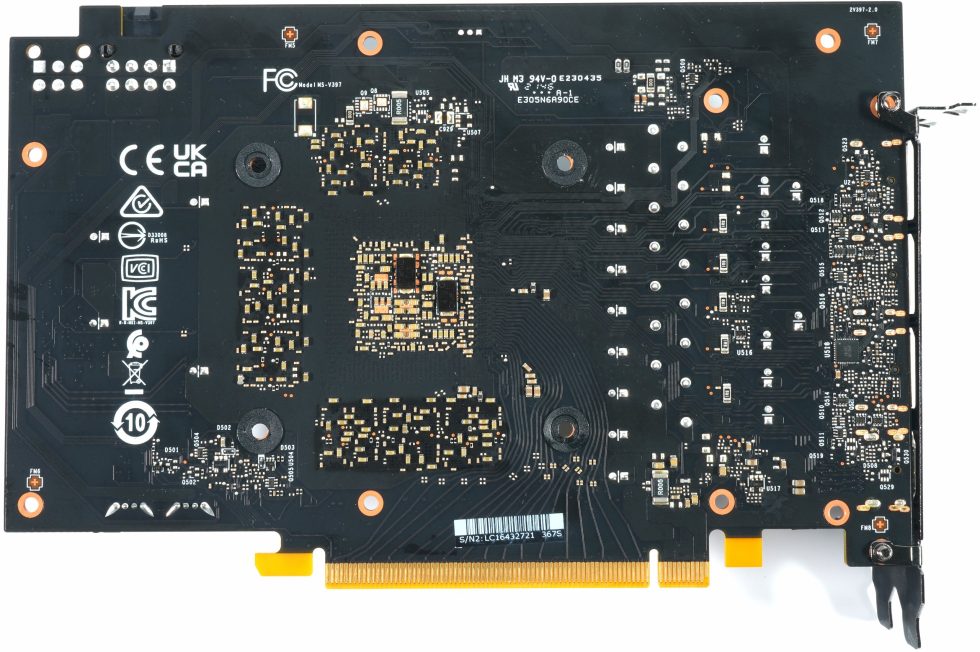
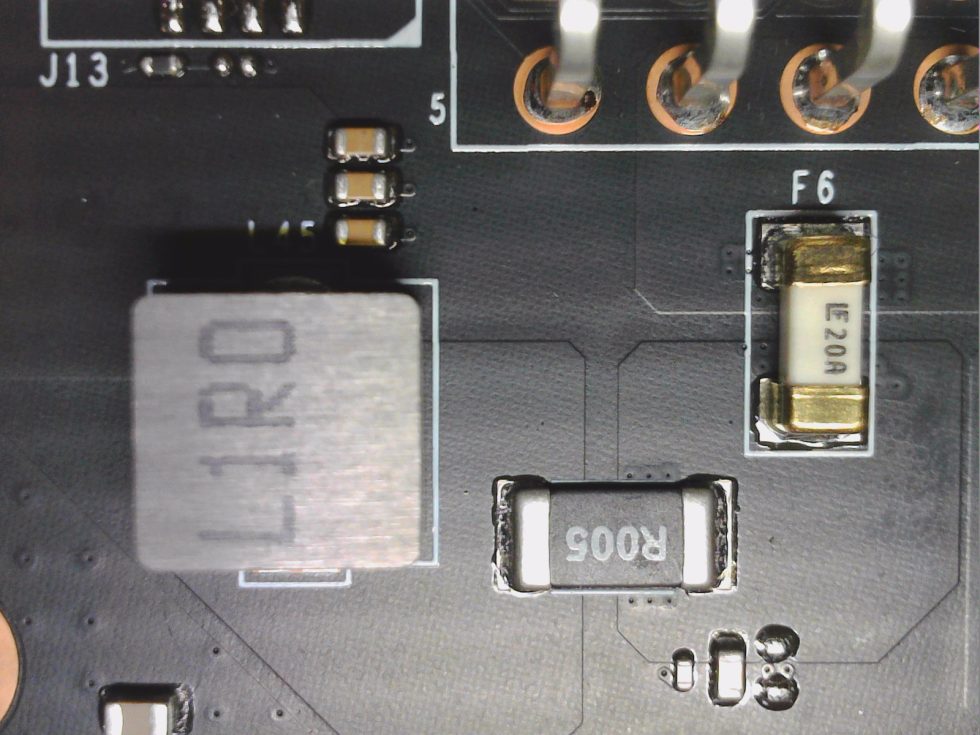
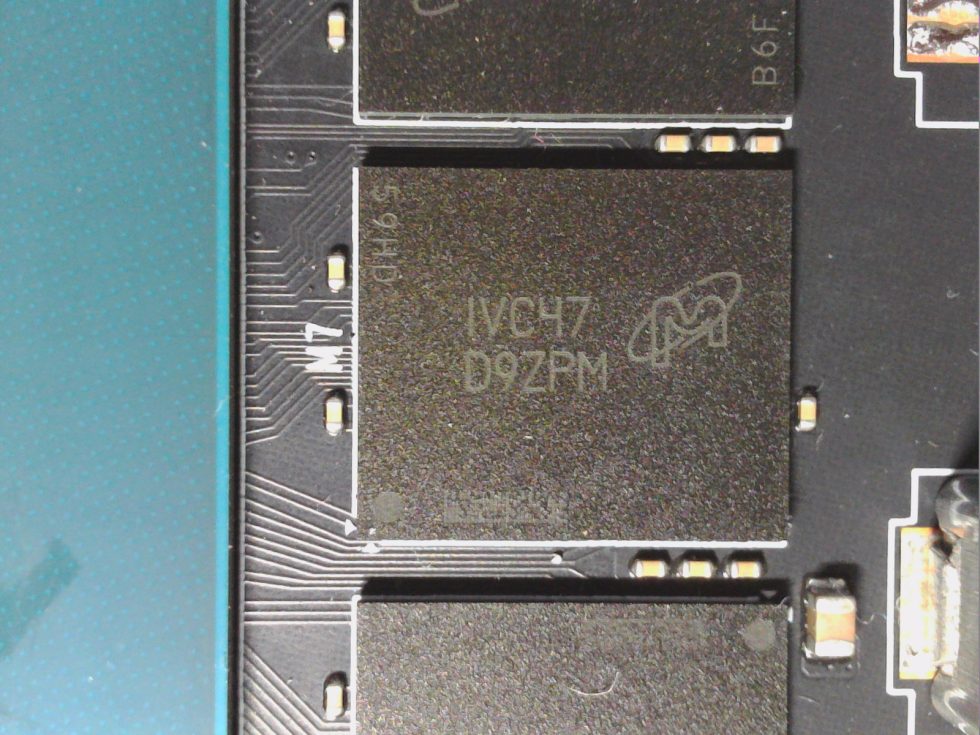
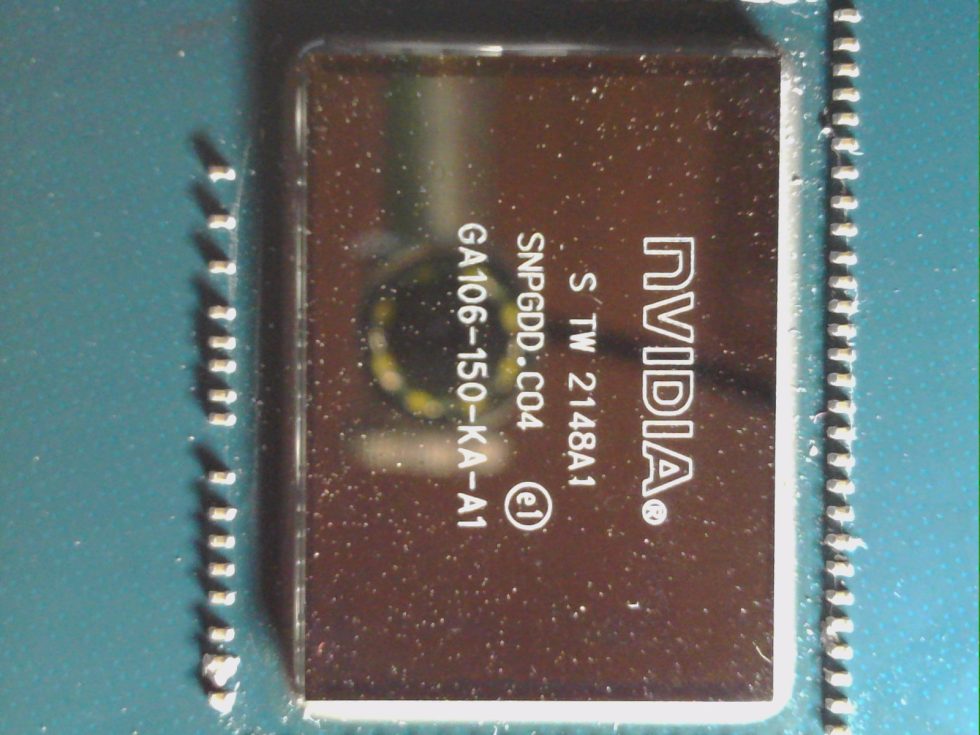
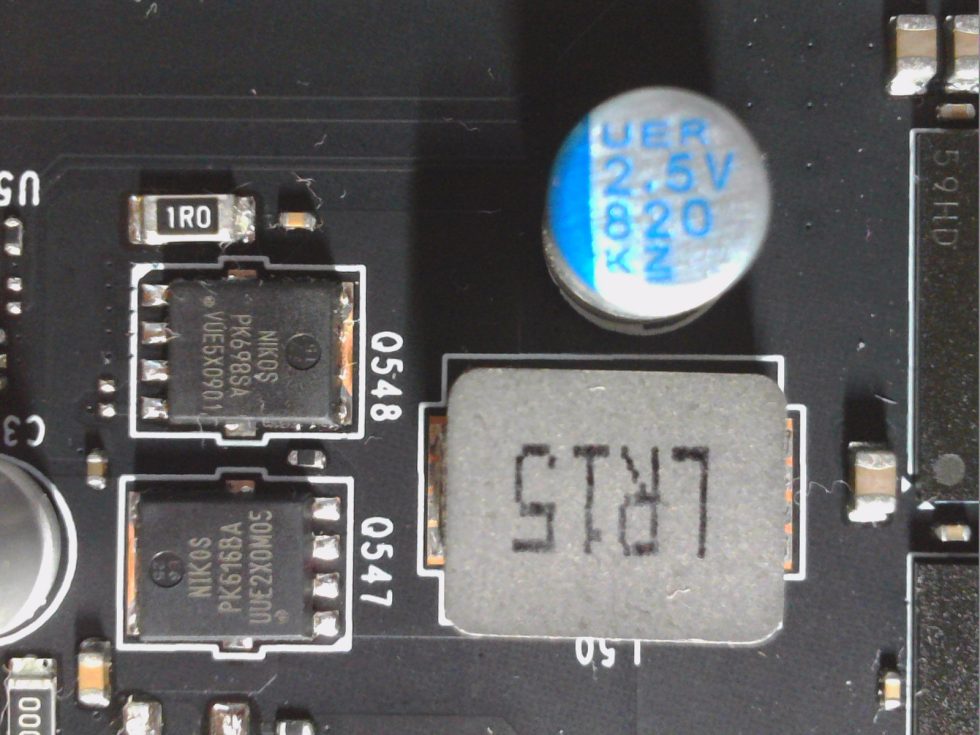
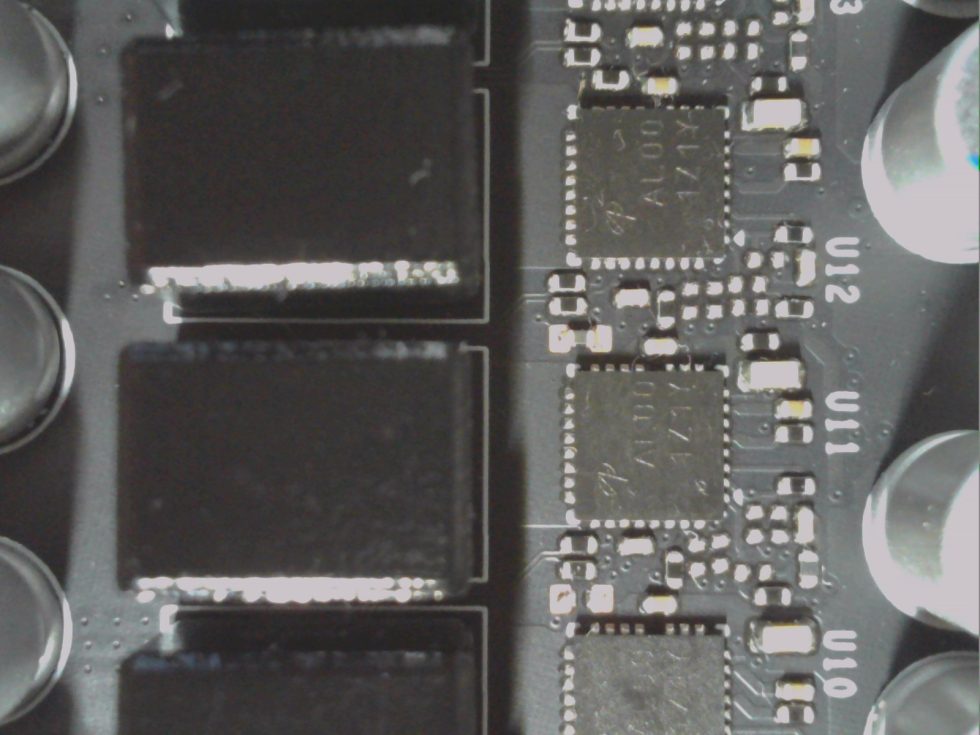
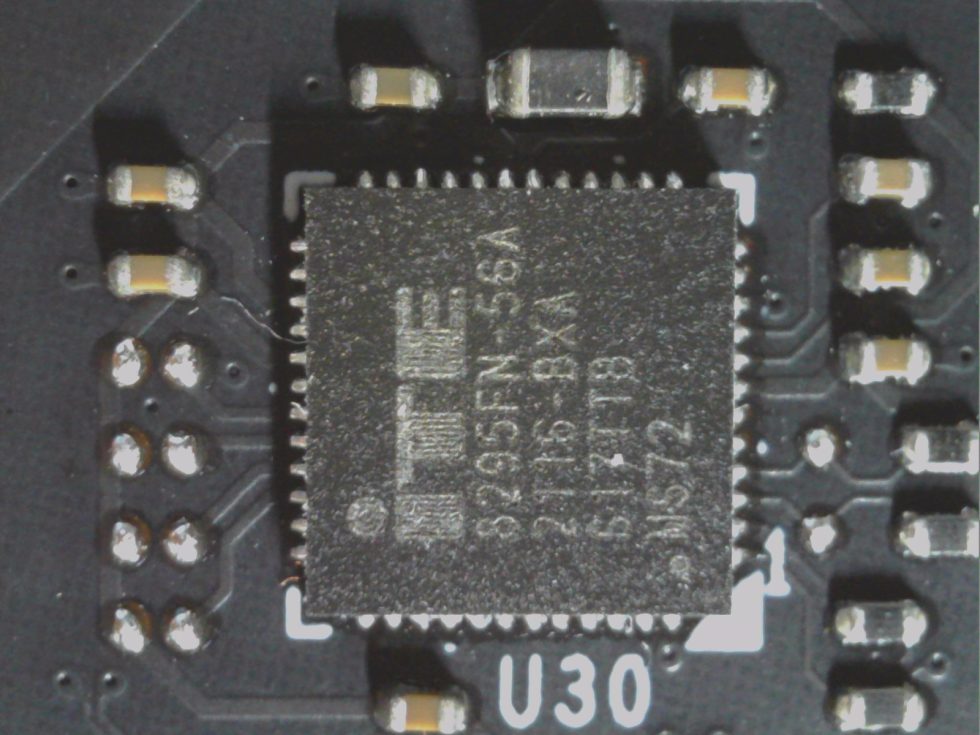
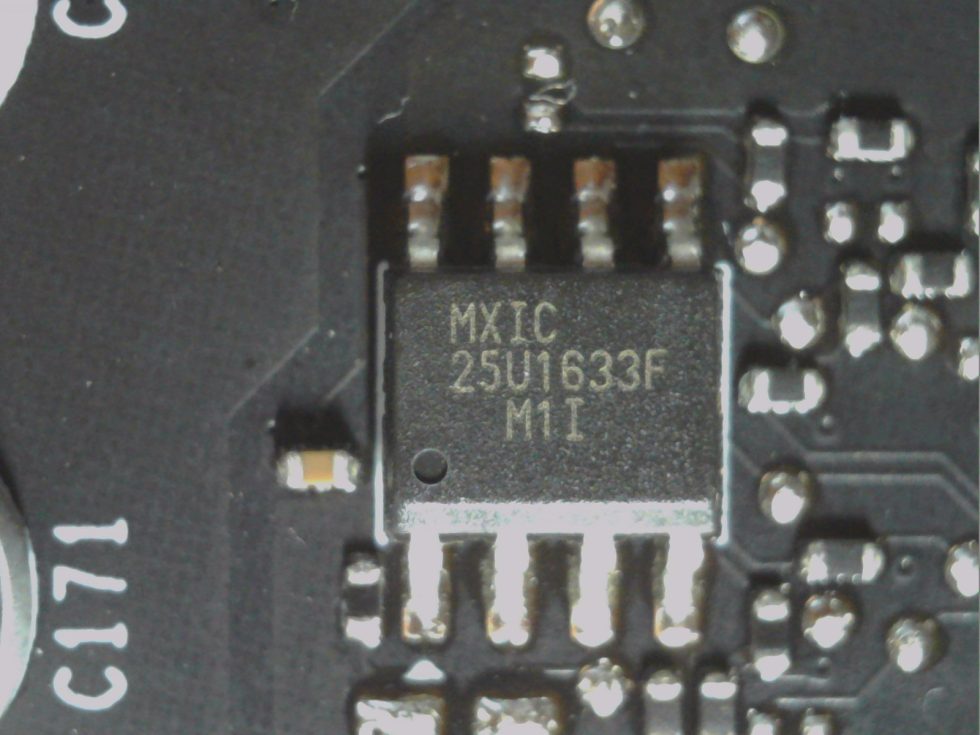
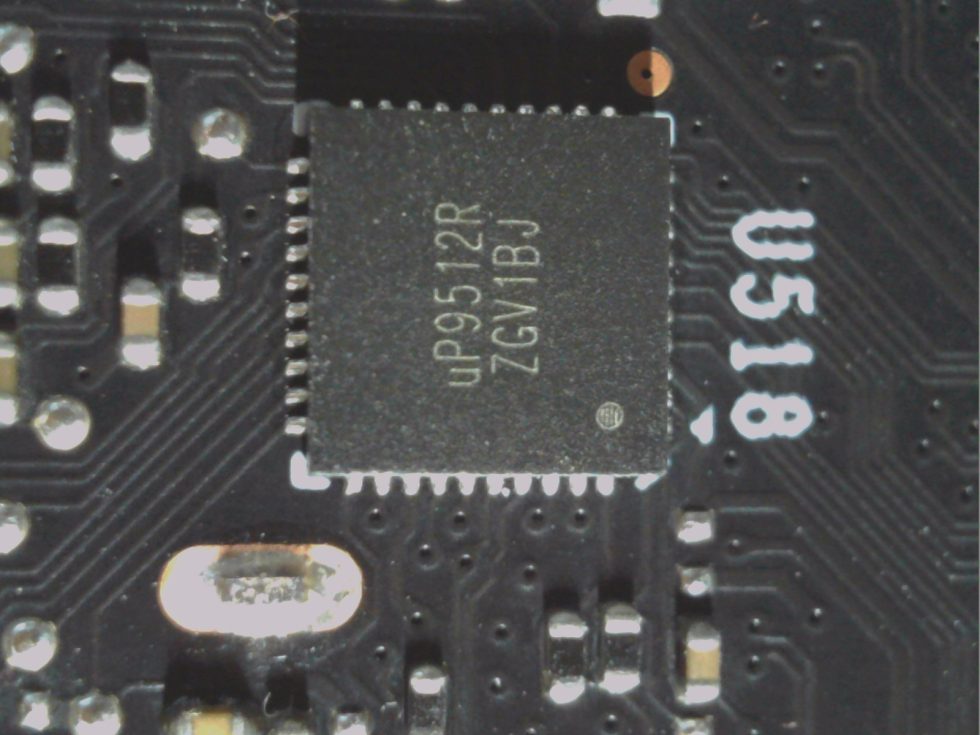
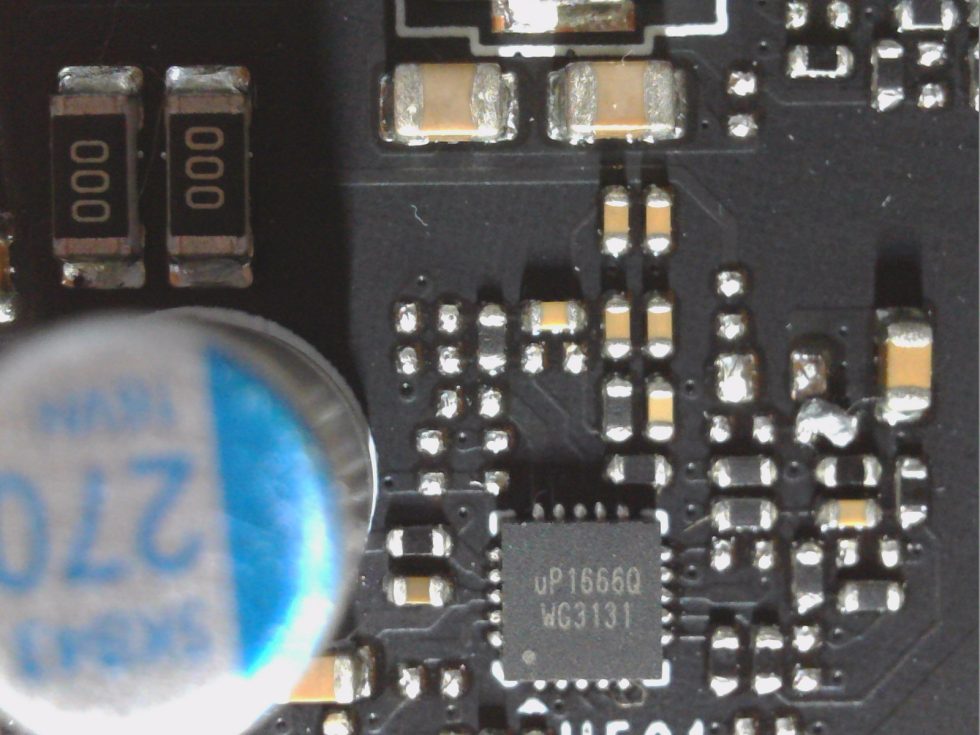
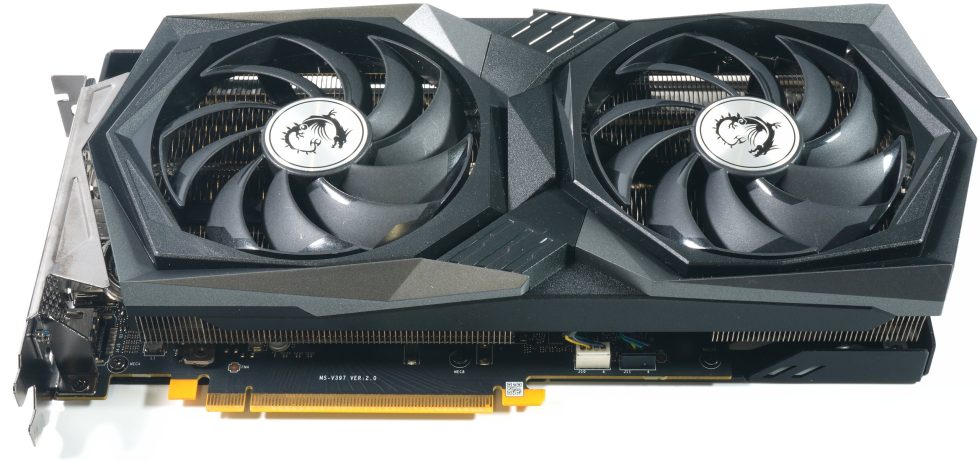

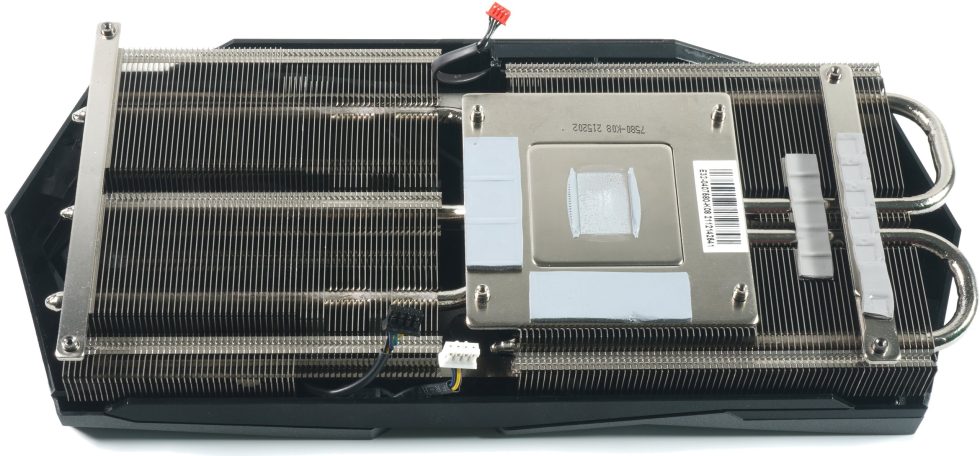
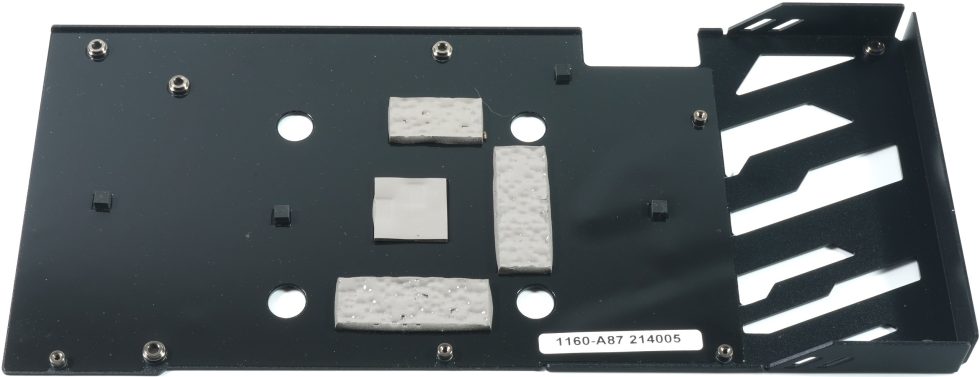



















13 Antworten
Kommentar
Lade neue Kommentare
Veteran
Veteran
1
Mitglied
Mitglied
Urgestein
Urgestein
1
Urgestein
Urgestein
Urgestein
1
Veteran
Alle Kommentare lesen unter igor´sLAB Community →